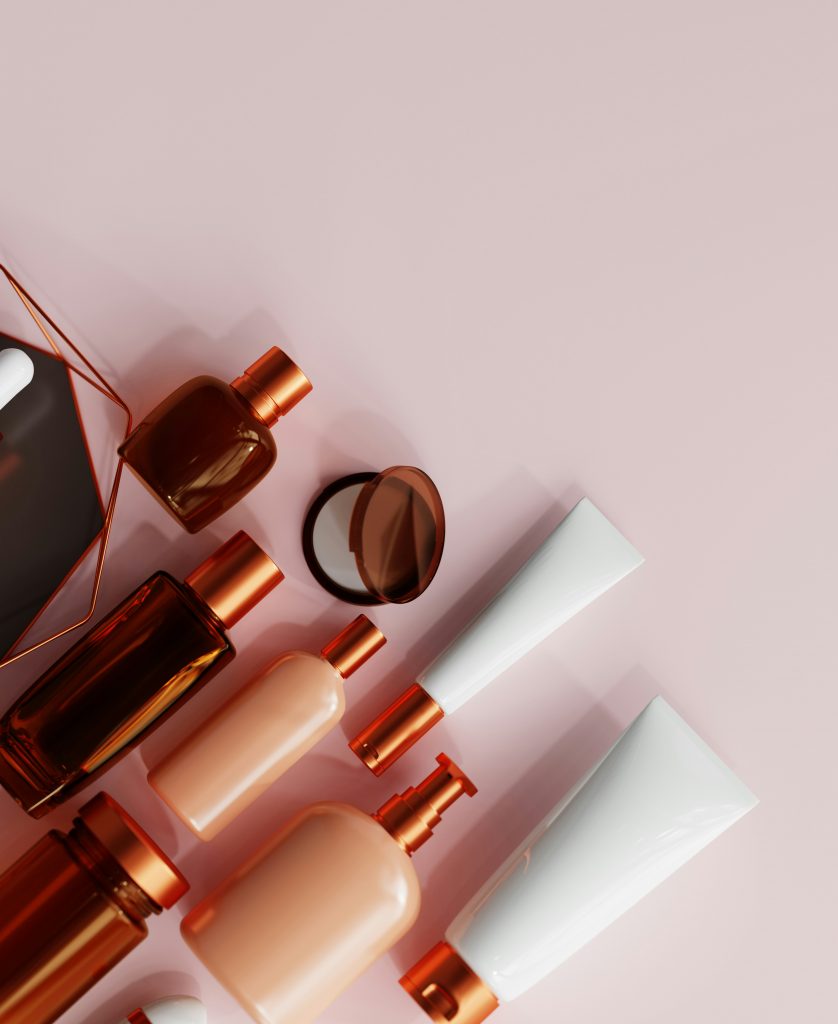
Introduction to Hair Growth Science
Understanding the science behind hair growth is essential for exploring effective treatments. Hair growth involves several phases: anagen (growth phase), catagen (transition phase), and telogen (resting phase). Disruptions in these phases can lead to hair loss or thinning. Factors influencing these disruptions include genetics, hormonal imbalances, nutrition, and lifestyle choices.
The Role of Light Therapy in Hair Growth
Light therapy, particularly Low-Level Laser Therapy (LLLT), has emerged as a promising non-invasive treatment option for hair loss. LLLT uses specific wavelengths of light to stimulate cellular activity in the hair follicles, potentially prolonging the anagen phase and promoting thicker, more resilient hair strands.
- Effectiveness: Studies have shown that LLLT can effectively increase hair density and overall hair health in men suffering from androgenetic alopecia (male pattern baldness).
- Usage: For optimal results, light therapy is typically recommended several times a week, depending on the severity of hair loss and the device used.
Topical Treatments and Their Impact
Topical treatments for hair growth include a variety of products, such as minoxidil, finasteride, and natural oils. These products work by targeting the surface or the hormonal aspect of hair growth directly at the scalp.
- Minoxidil: This over-the-counter medication helps in widening blood vessels, which in turn enhances the blood flow to hair follicles, encouraging growth.
- Finasteride: Although primarily taken orally, topical formulations are available and focus on inhibiting DHT, a hormone associated with hair loss.
- Natural Oils: Oils like rosemary and peppermint have been studied for their efficacy in stimulating hair growth through improved blood circulation to the scalp.
Combining Light Therapy with Topical Treatments
Integrating light therapy with topical treatments can potentially enhance hair growth outcomes. The light therapy can improve cellular activity and increase absorption of topical treatments, making them more effective.
- Case Study: A clinical trial found that participants using both LLLT and minoxidil saw more significant improvements in hair density than those using either treatment alone.
- Personalized Approach: Dermatologists often recommend a tailored treatment plan based on individual hair loss patterns and skin types.
Nutrition and Lifestyle for Supporting Hair Growth
While treatments are important, nutrition and lifestyle play crucial roles in hair health. A balanced diet rich in vitamins and minerals can support the hair growth cycle.
- Vitamins: Vitamins A, C, D, and E, along with zinc and iron, are vital for hair growth and strength.
- Protein: Hair is primarily made of protein, making adequate protein intake essential.
- Lifestyle: Reducing stress, avoiding smoking, and protecting hair from UV damage can also help maintain healthy hair growth.
Conclusion: Balancing Treatments for Optimal Results
Finding the right balance between light therapy and topical treatments can significantly enhance hair growth. By understanding the underlying science and combining these treatments with proper nutrition and a healthy lifestyle, individuals can achieve better hair health and growth. Consulting with a healthcare provider can help tailor these approaches for individual needs, leading to more effective and satisfying outcomes.
